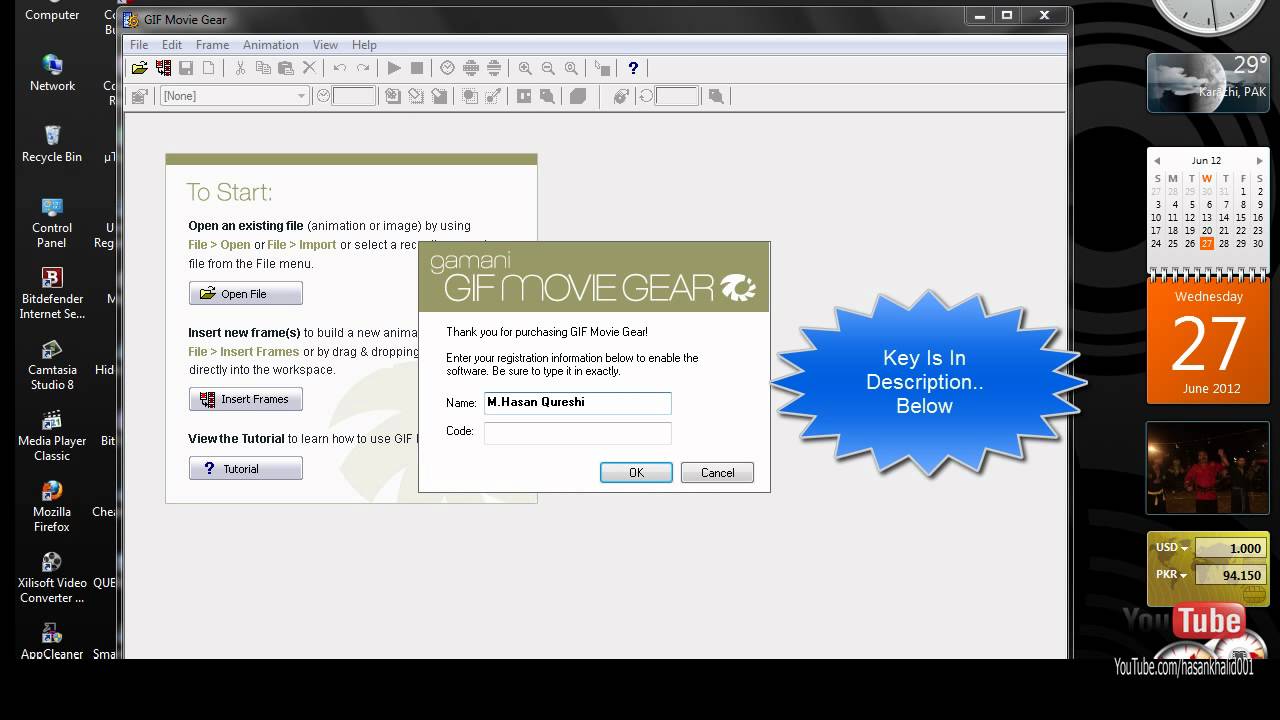
I had spent the weekend sleeping in a tent, and shooting motor sport in stinking hot conditions each day, so I was well beyond sore and tired. Unlike most old churches, the surrounding area is mostly unchanged – hot, dry and dusty plains. The church was built in 1876, and the church and cemetery consecrated in 1881. I’m going to use as my example a panorama I shot of the Bylong Anglican Cemetery, in the grounds of St Stephen’s Church, Bylong NSW. I will not be discussing this here, but if you want to know more, check out the 360 community at St Stephen’s Church, Bylong NSW Immersive 360×180 degree imagery is an entire artform itself. You can just as easily shoot square images. A multi‐ row panorama is not restricted to a long, thin panoramaic aspect ratio. Perhaps you prefer the square aspect ratio, but you want some of the other advantages of panoramic stitching (wider FOV or higher resolution). You don’t own a 14mm lens or you forgot to pack it? No problem – you can shoot the same scene with 50mm lens (or any other lens). For many years I strived to shoot familiar locations with extremely wide angle views – a new perspective on familiar scenes, and something that gave my imagery a different look. A stitched panorama can allow the creation of images much wider, and a multi‐row panorama is not restricted to a panoramic aspect ratio. Wider.Įxcluding fisheye lenses, single image photographs from DSLRs are limited to around 104 degrees wide (14mm lens). This is what initially attracted me to multi‐row images. In 2003, Max Lyons demonstrated that gigapixel images could be taken with ordinary DSLR cameras.

So why would you want to go to this extra effort? There are many reasons, and at different times of my photographic journey each of the following has been a primary motivator: Higher resolution. Shooting a multi‐row panorama is considerably more complicated than a single row panorama. Although the sensor was tiny, by joining many images together I could create a high resolution panoramic image.

I first experimented with digitally stitched panoramic images when I bought my first digital camera in 1998. My budget was modest, so the 617 cameras that Ken Duncan used were out of reach (although large format camera like Ansel Adams used are surprisingly affordable). I’ve long been fascinated by huge prints from masters like Ansel Adams (large format) and Ken Duncan (panoramic).


 0 kommentar(er)
0 kommentar(er)
